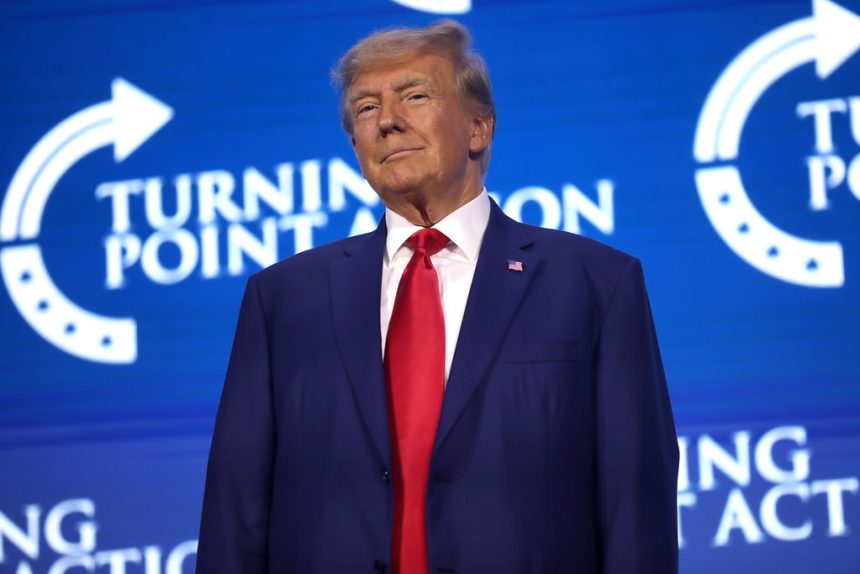Deal Finalised Just Before August 1 Deadline
On July 30, U.S. President Donald Trump unveiled a new trade agreement with South Korea, announcing that imports from Seoul will face a 15% tariff, down from the previously threatened 25%. The deal was announced just hours before Trump’s self-imposed August 1 deadline for raising tariffs on numerous trading partners.
South Korea Commits $350 Billion in U.S. Investments
As part of the agreement, South Korea pledged to invest a total of $350 billion in U.S.-based projects, including $150 billion focused on shipbuilding and another $200 billion in sectors such as semiconductors, nuclear energy, batteries, and biologics. Additionally, Seoul agreed to purchase $100 billion worth of U.S. energy products—including liquefied natural gas—over the next 3.5 years.
U.S. Markets Gain, South Korea Sees Export Certainty
South Korea’s new President Lee Jae‑Myung, who took office in June, welcomed the agreement as a means to reduce export uncertainty. He declared the deal sets U.S. tariffs at levels equal to or lower than those of Japan and the EU, providing stability for South Korean exporters.
U.S. Industry Access Secured
Under the pact, the U.S. will eliminate tariffs on its exports to South Korea—including autos, trucks, agricultural goods—though South Korea’s rice and beef markets remain protected. Trump emphasized that U.S. products will not face higher non-tariff barriers than those of other trading partners.
Trade Context and Broader Policy
This deal mirrors similar last-minute agreements Trump made with Japan and the EU. It represents his broader “reciprocal tariff” strategy—using the threat of tariffs to secure large-scale investment commitments from key allies.
Key Remaining Questions
- The full text of the agreement has not been publicly released—leaving details about investment timelines, binding commitments, and enforcement mechanisms unclear.
- Critics warn that without robust safeguards, the investment pledges may include planned or announced projects already underway.
What’s Next?
- South Korean President Lee Jae‑Myung is expected to visit the White House within two weeks to finalize details and reinforce the agreement.
- U.S. tariffs on South Korean steel, aluminium, and copper will remain unchanged, despite broader trade changes.
- Economic observers will closely monitor how the investment funds are allocated and whether promised purchases and exports shift significantly.
Final Take
The trade deal sets South Korean import tariffs at 15%, easing immediate trade tensions while locking in substantial investment commitments from Seoul. Though U.S. export access expands under the agreement, uncertainty remains over the structure and enforcement of major investment pledges. As implementation begins, both countries will navigate a delicate balance between economic opportunity and political scrutiny.











